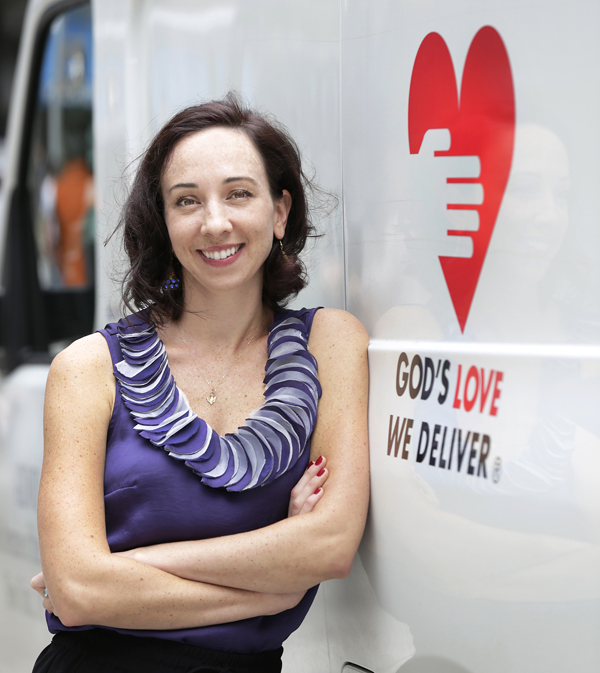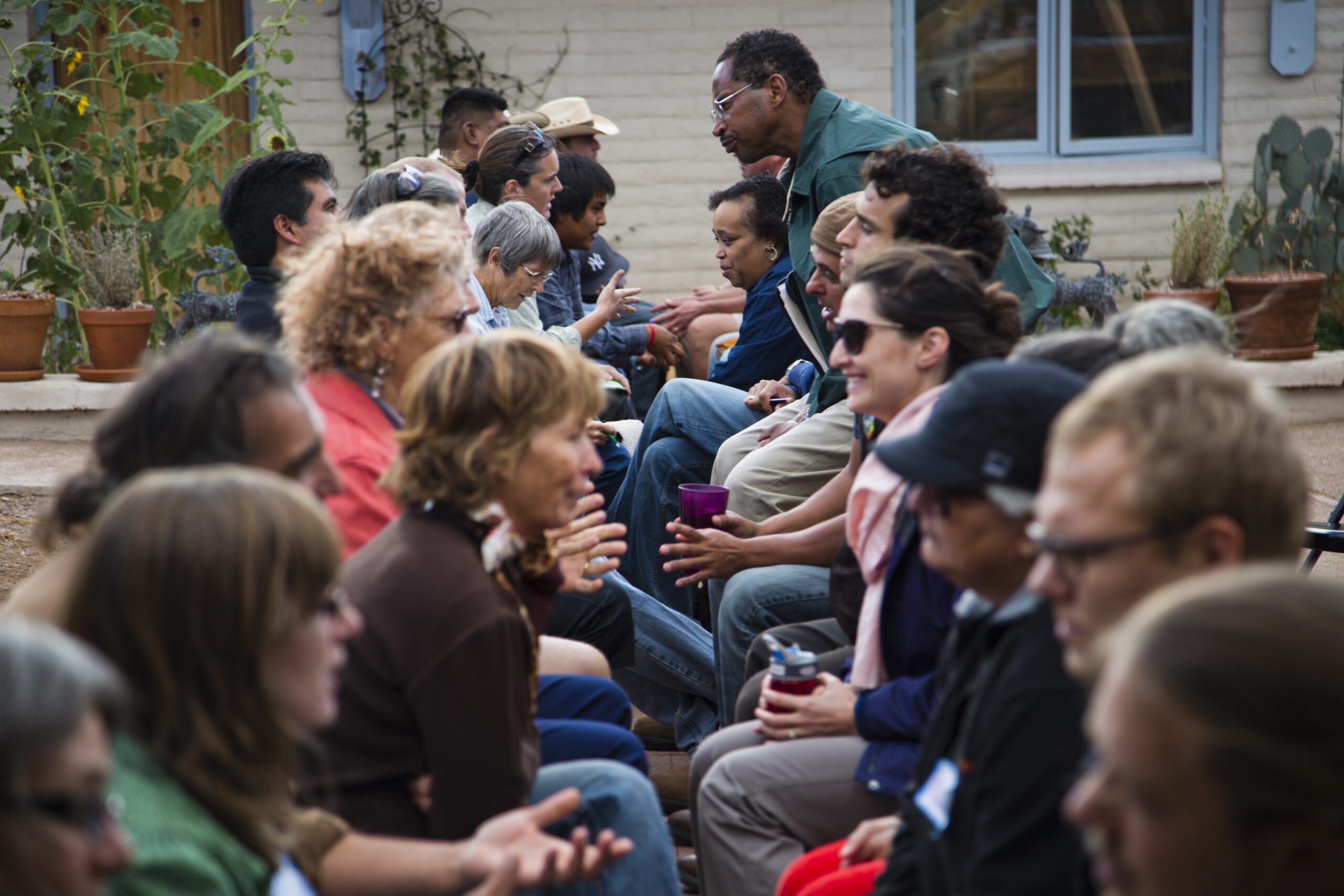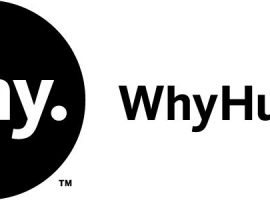For this quarter’s issue of the Nourishing Change newsletter, we are highlighting issues, stories and content at the intersection of hunger and health, focusing on the indivisibility of the right to good health and the right to good food. We therefore spoke to three of our partners to discuss the work they are doing around hunger and health.
The Nourishing Change newsletter is a forum for sharing information and resources to enrich our conversations and efforts to organize for the most basic of human rights – the right to food. The content of these newsletters seeks to illuminate the particular conditions that, when all are realized, define the right to food: food that is accessible both physically and economically; food that is adequate for optimal health and nutrition; food that is available through means that promote self-determination and dignity; and food that is produced and consumed with environmental sustainability front and center.
Join us as we work with our partners — emergency food providers, food access organizations, community health organizations and other grassroots and national allies — to transform the charitable response to hunger in the U.S. into a more equitable and inclusive social justice movement that recognizes nutritious food as a human right. If you’d like to subscribe, click here.

A Conversation with Alissa Wassung, Director of Policy & Planning at God’s Love We Deliver:
1. How has the message of food as medicine evolved since the beginning of God’s Love We Deliver? Is the idea that food as medicine as important now as when God’s Love We Deliver began?
From our roots, helping clients affected by the HIV pandemic of the 1980s, we have developed a much broader and more systematic understanding of the simple fact that a quality meal can bring dignity to a desperate situation. When we expanded our mission’s focus to include clients suffering from a wide range of chronic illnesses, such as cancer and cardiovascular disease, we realized that we could do more than simply deliver food. So began our efforts in nutrition research and God’s Love’s longstanding partnership with a team of Registered Dietician Nutritionists to help us tailor meals specifically to clients’ medical conditions. In the years since we have begun doing so, research has continually supported our work as a low-cost, high-impact care intervention for sick individuals in need.
Food is Medicine is more important now than it ever has been because it remains a low-cost, high-impact health care solution, particularly for the system’s highest risk, highest need and highest cost patients. These are exactly the people we serve, 90% of whom live in poverty with more than one severe diagnosis. Our clients are particularly susceptible to hospital readmissions, emergency room visits, and admittance to expensive long-term care facilities. They are part of the small fraction of people who generate most of the nation’s medical costs.
God’s Love believes Food is Medicine is not only the best treatment option available for sick, malnourished and low-income Americans, it is also a broader way of streamlining health care costs across the board.
2. Even with the sweeping healthcare reform that many states enacted due to the Affordable Care Act access to food and nutrition was still uncovered by Medicaid and large insurance companies, how do you think that the new healthcare reforms are going to impact the work that you do?
The Affordable Care Act has allowed many Americans, and many of our clients, access to health insurance and vital care services that were previously unavailable to those with pre-existing conditions. In recent years, many states have innovated through ACA programs to provide lifesaving resources like ours to their highest risk patients. As a result, many sick people now have access to interventions that address the social determinants of health—most notably food and nutrition services (FNS). State policy makers have sought to pursue FNS solutions because they recognize, as God’s Love does, that medically tailored meals result in lower health care costs, which in turn makes for more satisfied patients and a more effective system.
In addition, while Congress debates repealing the ACA and calls for huge cuts to Medicaid, it is important for us to keep in mind the direct impact these measures could have on our clients. Defunding Medicaid, in particular, would ensure reduced access to FNS interventions, leading in turn to higher costs and worse outcomes for sick and low-income Americans. Keeping Medicaid for those who need it is essential for our clients and our country if we are going to achieve sound, cost-effective healthcare policy.
3. What kind of advocacy work do you think needs to be done so people understand how important food is to their health? What kind of advocacy is needed for people that do not use your program/services to understand the importance of the link of food and good health?
For many, it is intuitive that good nutrition is important to health and wellness. Our goal, for those who haven’t necessarily seen it firsthand, is to raise awareness about the scientific evidence proving the transformative effect that food can have on a sick person’s life.
There is an abundance of rigorous research available about the impact of food on health. In terms of cost, we have seen that you can feed a person a medically tailored diet for half a year for the same cost as just one night in the hospital. In terms of impact, we have seen that the return on investment for medically tailored meals is clear and fast – with some results seen as early as 30 days into receiving medically tailored meals.
We hope to continue building the already substantial body of research in support of FNS treatments. Recently, for instance, God’s Love partnered on a study with Columbia University’s Mailman School of Public Health that revealed food insecurity to be associated with missed doctor appointments, non-adherence to medication and generally poor medical outcomes. When patients in the study received nutrition support, all the health markers turned positive—including reductions in ER visits and hospital utilization. Various studies have found similar results, and we are continuing to work with leading health care providers to bolster the reputation of Food is Medicine as a proven, low-cost treatment concept.
Nutrition plays a critical role in achieving positive health outcomes and reducing healthcare costs. The question for skeptics is, “How can we not address the nutrition needs of the most vulnerable among us, from both a human and an outcomes perspective?”
4. Health is normally focused on eating healthier and working out, but not on how stress is a large factor of health. How do we address the impact of stress on people with chronic illnesses?
Stress is a huge issue in our clients’ lives. Food insecurity is a source of chronic stress that has consequences for mental health, is associated with poorer adherence to medical treatments[1] and also reduced control of chronic conditions such as diabetes[2]. Without proper nutrition, patients may encounter food-drug interactions that can prevent medications from working effectively, or which can cause or enhance medication side effects[3]. Poor nutritional status, including both under-nutrition and over-nutrition, can affect immune function[4],[5],[6].
We know that our program turns this situation around for our clients. We reduce the stress of meeting daily needs and the tradeoffs our clients are often forced to make. Our Registered Dietitian Nutritionists counsel clients about food-drug interactions and prescribe a diet that will limit the side effects that they may be experiencing. As a result, 92% of clients report that receiving food from God’s Love reduces their stress or worry.
Additionally, our model understands that illness affects the whole family, which is why we feed the children and the senior caregivers of our clients. 90% of our clients who benefit from our Children’s Meal Program report that they feel less stressed about providing good food to their children because of the resources we provide, and 100% of our clients that benefit from our Children’s Meal Program report that getting food from God’s Love helps their family live more independently. Food delivered with love (Food=Love) makes people happy.

A Conversation with Stephanie Solomon, Director of Education & Outreach from Mother’s Hubbard’s Cupboard:
1. Do you feel that there are barriers to providing healthy food in your community?
The barriers we encounter to providing consistent healthy food at the Hub come from within the food banking system. As the largest food pantry in our region, we have almost 4,000 folks coming through each week. Keeping stocked is a challenge in general, and even with our food bank’s strong gardening and gleaning programs we have little control over the quality of food options. Until the national food banking norms systemically change to prioritize healthy food, we will not be able to consistently supply high quality food in our food pantry. We do have nutrition guidelines that keep sodas and desserts off of our shelves, but we know that small food assistance programs such as ours are limited in the ability to provide healthy food in our community. We aim to reach beyond the food assistance realm and advocate for a healthier more accessible local food system.
2. Health is normally focused on eating healthier and working out, but not on how stress is a large factor of health. How do we address the impact of stress in low-income communities?
We know that stress levels are exacerbated by the experience of poverty, and that stress, arguably, has a more significant influence on health than food. We attempt to mitigate that stress at the Hub by creating an accessible, welcoming space, and by employing policies that keep dignity at the center of all our programming. We know that spending time in community, cooking, gardening, and sharing food builds the social connections that relieve stress.
3. One of the social determinants of health is “availability of resources to meet daily needs.” Children throughout the U.S were being denied meals in schools due to debt. Suzanne Babb, WhyHunger’s Community Partnerships Manager, mentioned to us that you were discussing the school lunch debt shaming that was happening in your community. Why do you think people are focusing on this issue now?
We just won our first advocacy campaign, pushing our local school corporation to change their ‘lunch shaming’ policy. School boards write these policies in different ways, from requiring students with lunch debt to wear bracelets or to “work off” their debt with cleaning tasks. In our community, students with lunch debt had to throw out the hot lunch they chose and take an “alternate lunch.” This policy was problematic for many reasons, primarily that the process of throwing out the lunch was stigmatizing, an attempt to shame children in order to force parents to pay lunch fees. We heard from youth in our advocacy working group who had experienced ‘lunch shaming,’ one of whom avoided eating lunch so as not to face the issue in the lunch line. The Hub and the wider Bloomington community put pressure on the school board and the Superintendent has now re-written the policy so that the child is completely removed from the debt collection process, and will no longer be labeled or stigmatized. It will be voted on by the board in late July (approval is expected).
4. Another social determinant of health is social support. How does The Hub create a sense of community? Can you give us some examples of how you build social capital in your community?
At the Hub we often discuss the correlation between food insecurity and social isolation. There are many cultural barriers that keep those experiencing poverty isolated. We know that food is an incredible vehicle for building connections and bringing folks together. We strive to create safe, stable, nurturing relationships and environments as our foundation for community building. We designed our community food resource center intentionally, with community building in mind. Upon entering our grounds, folks encounter flowers and food growing in containers of all sizes and once inside, they are greeted with brightly colored walls and an attractive space. Our produce stand is in the center of the food pantry, and set up so that as folks walk around choosing produce they are facing one another and often engaging in conversations about preparing produce.

A Conversation with Gregory Silverman, Executive Director at West Side Campaign Against Hunger:
1. What are the barriers to providing healthier food for your community? Is it financial, physical space, finding culturally appropriate foods, etc.?
Through a supermarket –style food pantry, West Side Campaign Against Hunger (WSCAH) alleviates hunger and creates a culture that promotes self-reliance and works for change. WSCAH changes our perception of hungry people by working in partnership with them, providing food with dignity, and empowering solutions. The barriers to providing healthier food for our community of 10,000 families are plentiful. In a world with increasing rates of hunger, homelessness, joblessness, the need is growing and therefore our ability to have enough healthy food for our customers in of highest import. We have amazing partners in Food Bank for NYC, City Harvest, etc. who provide the majority of the almost 1.7 million pounds of food we distribute, but we need more support. On one level we need more healthy food, but on another we, as do most nonprofits, need to spend more time and energy in outreach, communicating with growing networks of community members. As we work to provide more food to more customers in need we are striving to not only provide food with dignity at our Pantry but to bring food closer to where people live. To that end, bringing easier and greater access to fresh, healthy food is incredibly important and we have a Mobile Food Pantry on the road across Upper Manhattan and part of Bronx in months to come.
2. West Side Campaign Against Hunger runs a supermarket-style food pantry which allows your clients to make healthier food choices combatting the idea that low-income people do not want healthier food. What kind of advocacy is needed for people that do not use your program/services to understand the importance of the link of food and good health?
In all communities we need to advocate for more support to increase access to healthy foods for our community members. Low-income people, like all people in 21st century, are battling increasing rates of non-communicable disease. We must advocate with our elected officials, to increase services to those who need it most, at city, state, and federal levels. Simply put, we must ask our public officials to increase budget lines to support our community members in need and make sure our community members in need are strong voices for change.
3. Health is normally focused on eating healthier and working out, but not on how stress is a large factor of health. How do we address the impact of stress on low-income communities?
At the West Side Campaign Against Hunger, we truly are a community. We realize fighting hunger is part of a larger effort for societal change making. This work is hard and stressful for customers, volunteers, and staff. We spend much time supporting our teams in many ways. Each morning at our Pantry there is yoga for customers, we provide lunch for our staff and volunteers, have monthly meetings for our network of customers and volunteers, and even have three members of WSCAH community as members of our Board of Directors. From micro to macro we must think about the health and wellbeing of our community in all we do. In short, we all must remember that our communities are struggling and we must all work together with multiple pathways to help empower people to be change makers.
1.See, e.g., Seth A. Berkowitz et al., Treat or Eat: Food Insecurity, Cost-related Medication Underuse, and Unmet Needs, 127 Am. J. of Med. 303, 306, 308 (2014); Angela Aidala et al., Fact Sheet #3: Food and Nutrition Services, HIV Medical Care, and Health Outcomes, Mailman School of Public Health – Columbia University, Community Health Advisory & Information Network (C.H.A.I.N.), available at https://www.health.ny.gov/diseases/aids/ending_the_epidemic/docs/key_resources/housing_and_supportive_services/chain_factsheet3.pdf.
2.See, e.g., Hilary K. Seligman et al., Food Insecurity Is Associated with Hypoglycemia and Poor Diabetes Self-Management in a Low-Income Sample with Diabetes, 21 J. of Health Care for the Poor and Underserved 1227, 1230-32 (2010); Hilary K. Seligman et al., Food Insecurity and Glycemic Control Among Low-Income Patients with Type 2 Diabetes, 35 Diabetes Care 233, 234-36 (2012); Seth A. Berkowitz et al., Food Insecurity and Metabolic Control Among U.S. Adults with Diabetes, 36 Diabetes Care 3093, 3095-98 (2013).
3.Avoid Food-Drug Interactions: A Guide from the National Consumers League and U.S. Food and Drug Administration, Nat’l Consumers League & Food and Drug Administration 1, available at http://www.fda.gov/downloads/Drugs/ResourcesForYou/Consumers/BuyingUsingMedicineSafely/EnsuringSafeUseofMedicine/GeneralUseofMedicine/UCM229033.pdf.
4.Hughes S, Kelly P. Interactions of malnutrition and immune impairment, with specific reference to immunity against parasites. Parasite Immunol. 2006;18:577-588.
5.Rasouli N, Kern PA. Adipocytokines and the metabolic complications of obesity. J Clin Endocrinol Metab. 2008;93:64-73
6.Schaible UE, Kaufmann SH. Malnutrition and infection: complex mechanisms and global impacts. PLoS Med. 2007 May;4(5):e115.






